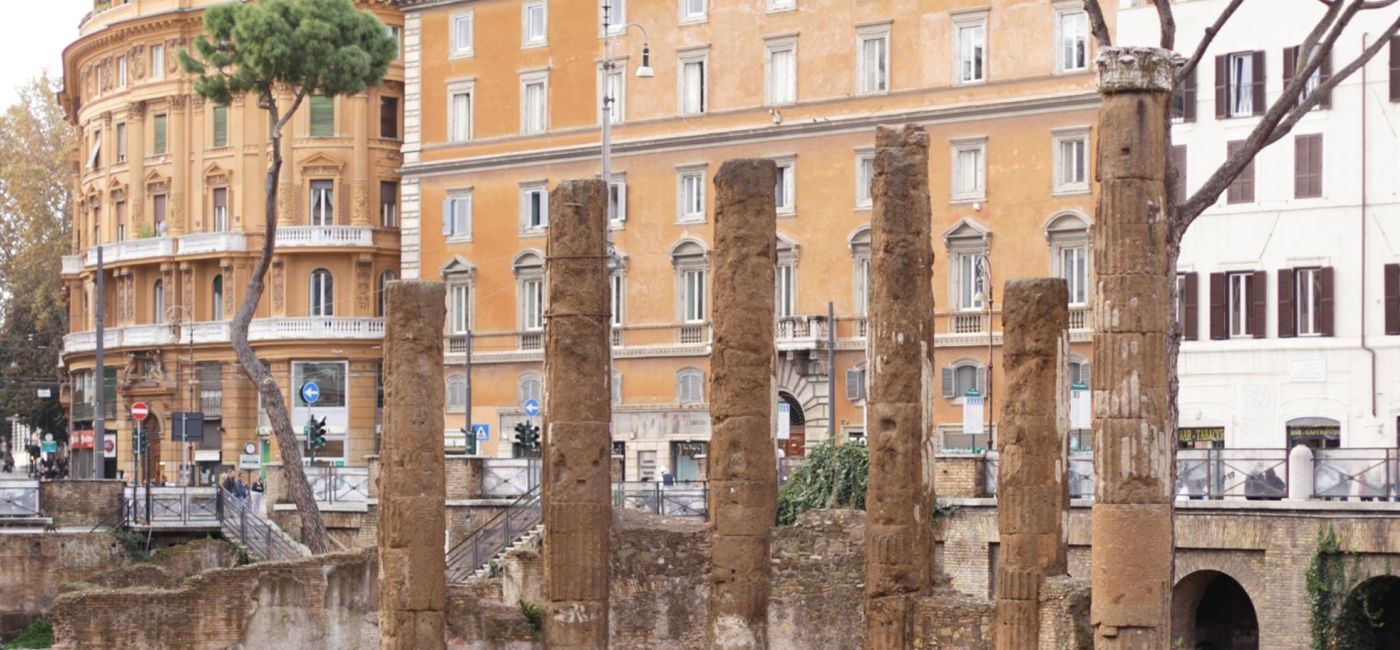Ancient Roman Site Where Julius Caesar Was Killed Becomes Tourist Attraction

Four temples in the heart of Rome, including the site where Julius Caesar, the most famous Roman emperor, was assassinated, are being opened for tourist visits for the first time this week.
According to the Associated Press, the temples, which are called the “Sacred Area,” located in Largo Argentina (Argentine Square) date as far back as the third century B.C. The opening was partially funded by luxury jeweler Bulgari, funding accessible walkways and lighting.
Travelers can visit the site every day except on Mondays and some major holidays. Tickets are priced at 5 euros (about US$5.50) for general admission.
The site holds four temples believed to be dedicated to four goddesses, including the goddess of chance, Fortuna, as well as Pompey’s Curia, a large rectangular hall that was the site of Caesar’s infamous assassination in 44 B.C.
On display are artifacts found in the site, including a partial stone head representing one of the temple’s goddesses. Travertine pavers that Emperor Domitian laid down in 80 A.D. following a devastating fire are also still visible at the site.
Claudio Parisi Presicce, an archaeologist and Rome’s top cultural heritage official, called the site “one of the best-preserved remains of the Roman Republic,” during its opening ceremony on Monday.
The temples were only rediscovered in the late 1920s under Benito Mussolini’s reign; previously they were covered by medieval-era buildings, including a medieval palace.
